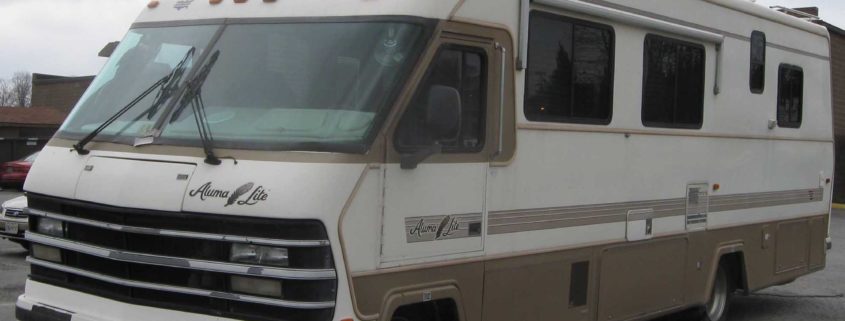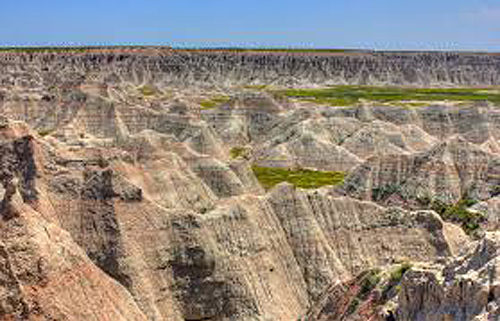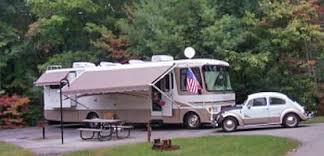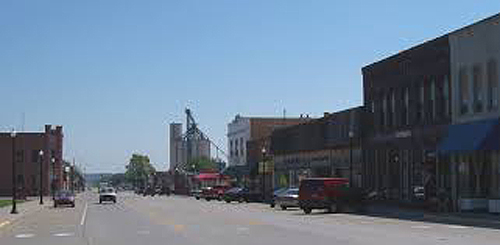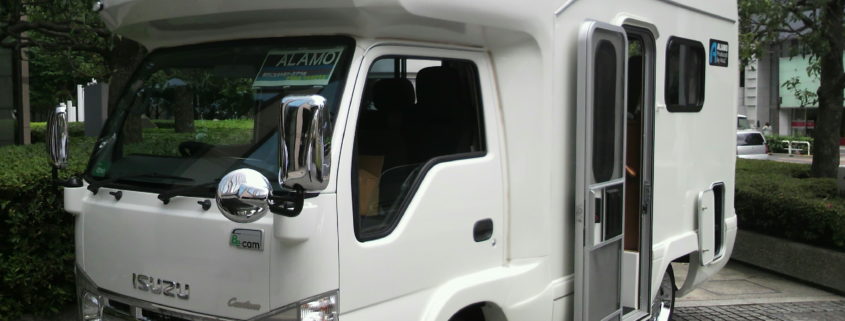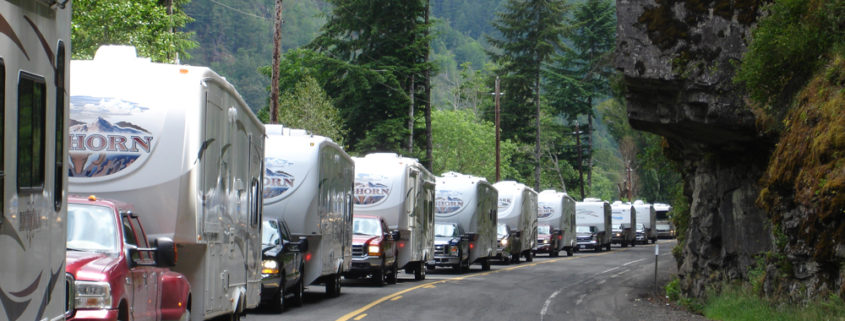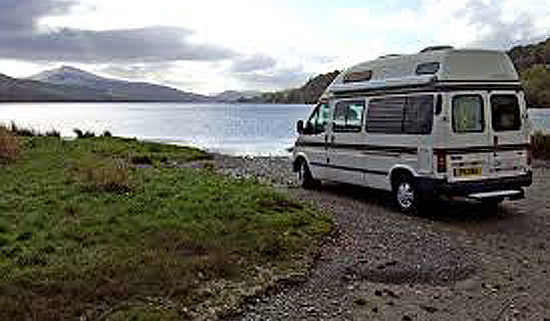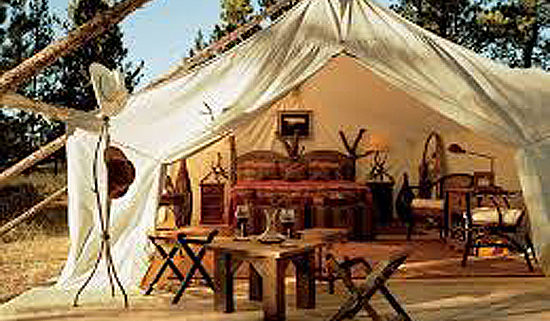5 Wellness Tips for Healthy RV Living
The RV lifestyle is all about mobility, but not every RVer travels with the same frequency. Maybe you spend a few days or a few weeks at every destination, or perhaps half a year or a year before moving on. Everyone has different needs with regards routines and socializing. But irrespective of where on the spectrum you fall, it’s possible to live in an RV full time while maintaining a healthy lifestyle.
Healthy RV Living Tips
Here are a number of tips and tricks for maintaining a happy lifestyle on the road.
-
When you first set off, take it slow.
When you’re completely new to RV living, it’s normal that a few things will come as a culture shock— things like going without the mortgage payment and just knowing you’re at all times on the go. During this time even easy tasks could become challenging.
Information like the best pizza place and what sections of town should you stay away from Comes only with spending prolonged time in a place. So when you change to RV living, give yourself valuable time and space. You’ll learn your way around eventually — it’s all a natural part of the adventure!
-
Prioritize quality over quantity of new destinations.
There’s a whole lot out there to see and do! It can be tempting to instantly set off on a jam-packed, non-stop adventure, but one of the perks of permanent RV living is that travel’s become considerably more convenient to achieve now. And you’ll enjoy the travels if you just slow down and smell the roses.
Rather than spending a day or two in 10 different cities, give yourself a minimum of 7 days at every single place you stop. You’ll be far less burdened and really experience more of the world around you.
-
Work hard to maintain a regular routine….
One of the great things about living in an RV is that you’re somewhat in your own time zone. Your schedule is completely at your discretion. But as freeing as that could be, you’ll promptly discover that spending the whole day, in your pajamas will leave you feeling worn out and depressed. It’s always worthwhile to maintain your exercise and fitness routine. You don’t need a sports club or a fitness center to get sweaty; just lace up your shoes and go outside.
-
Take advantage of your on-board kitchen.
One of the greatest things about RVing is that it allows you to continue eating healthy, home-cooked meals regardless of where you travel to.
Of course, you’ll want to try several of the local delicacies at every one of your destinations. But by cooking most of your meals at home, you’ll be choosing a more healthy option — and you’ll definitely save some cash too.
-
Full time RV living doesn’t mean full time vacationing!
Carefully consider your attitude while you’re traveling. Many people throw caution to the wind, spending excessively, overeating, and paying little attention to regular cares and responsibilities.
But full-time RVing is different. Even though you enjoy the new places you see and people you meet, you must understand that you can’t always be in “vacation mode.” traveling isn’t some sort of escape — it’s your life! So if you want to stay healthy, you’ll have to learn how to adjust your budget, diet, and other regimes to fit this new lifestyle.


